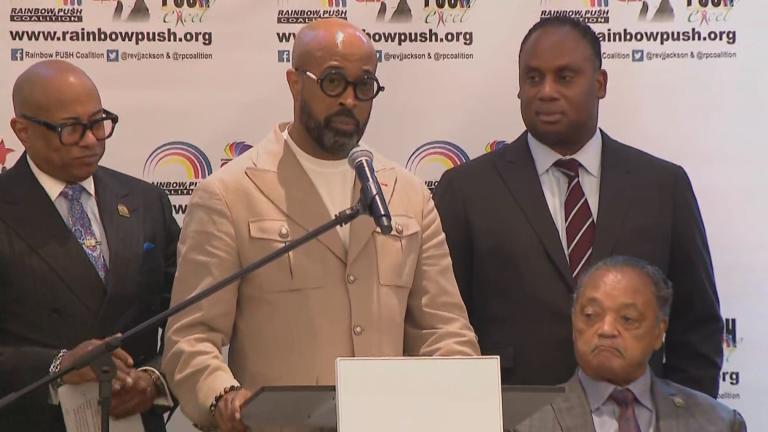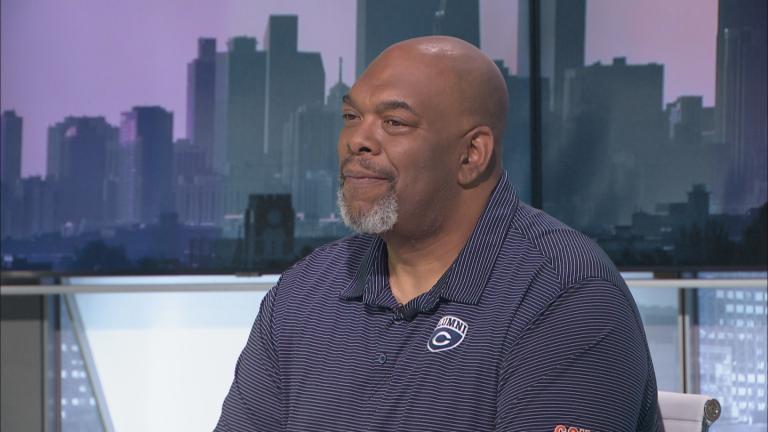The pandemic and inflation are worsening something that many in the medical profession are now calling a public health crisis: food insecurity.
The Greater Chicago Food Depository estimates that while food insecurity is overall 19% higher compared to pre-pandemic levels, it’s 37% higher for Black households.
Dr. John Jay Shannon is the former CEO for Cook County Health and a board member of the Greater Chicago Food Depository. He views food insecurity as a public health crisis.
“The fact is that if you look particularly in the Chicagoland area, the striking difference that you see in life expectancy across different ZIP codes is largely driven by premature deaths because of complications of chronic diseases of adulthood, like high blood pressure, diabetes, overweight, heart disease and related conditions like kidney disease,” Shannon said. “Those conditions are hugely affected by what people eat, and the lack of ability that some people have to get to high quality foods leads them to default to low-quality, poor nutrition foods that’s often highly processed.”
Monica Moss is also a board member with the Greater Chicago Food Depository. She says part of the problem is the lack of access Black and Brown people have to healthy food in their neighborhoods. That means people who live in a food desert have to travel to access healthy food.
“What we are doing at the food depository is trying to address those needs by making sure that we are making quality food available, that people are able to connect through food,” Moss said.
Englewood resident Asiaha Butler started the grassroots organization R.A.G.E., or Resident Association of Greater Englewood, to help address these issues. She says the lack of food access is a food apartheid.
“This is systemic. When you think about the communities that have the low life expectancy rates they are also the communities that are red-lined, these are also the communities that have a lack of economic development happening, and so it’s all related and when you think of it being a public health issue,” Butler said. “It's very similar to violence.”
Shannon, Butler and Moss all agree that part of the solution must come through policy changes.








